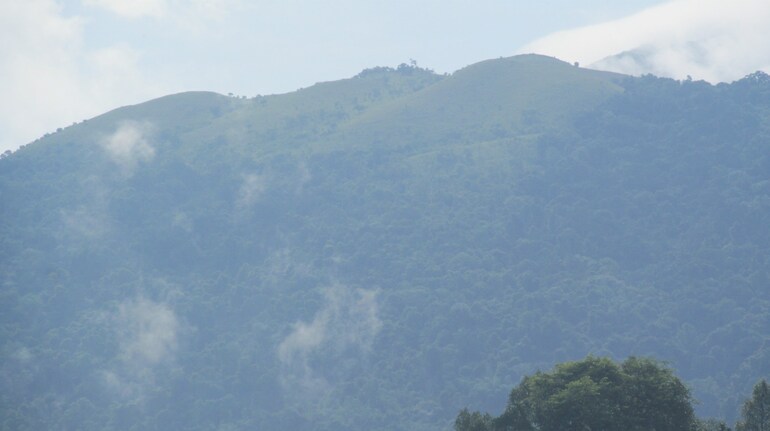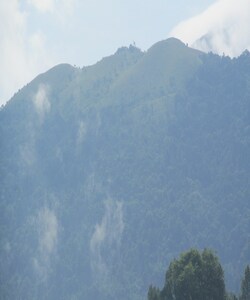
Western Ghats (Image: Wikimedia Commons)
India’s top disease surveillance body has urged private companies to develop a vaccine against Kyasanur Forest Disease (KFD), a deadly ailment that strikes specific population groups along the Western Ghats.
This comes weeks after production of the only KFD vaccine in India stopped because it was no longer effective in preventing infections.
The National Centre for Disease Control (NCDC) under the health ministry called five vaccine makers on December 20 to discuss issues related to the old vaccine and the manufacturing and distribution of a new KFD vaccine.
The vaccine makers called for the meeting were Serum Institute of India, Bharat Biotech, Indian Immunologicals, Human Biologicals and Cadila.
NCDC officials said the Bengaluru-based Institute of Animal Health and Veterinary Biologicals (IAHVB) made the vaccine for several decades but its effectiveness had been questioned over the years.
“This vaccine had been failing potency tests repeatedly, was not licensed by the Central Drug Standards Control Organisation and now all affected states have stopped procuring it as it is nearly ineffective,” an NCDC official said.
Moneycontrol could not elicit a response from IAHVB, a Karnataka government institute.
Although private vaccine makers do not find the prospects lucrative because only about 500,000 doses against KFD are needed annually, they are being urged to develop a new vaccine for the larger public good.
KFD in India
KFD is a hemorrhagic fever caused by the Kyasanur forest disease virus (KFDV) that is spread by the tick identified as Haemaphysalis spinigera.
In humans, the disease causes high fever, frontal headache, and severe myalgia, followed by bleeding from the nasal cavity, throat and, in some cases, the gastrointestinal tract.
Though the disease is mild in most cases, the mortality rate of infected cases is estimated to be 5-10 percent. Monkeys infected with the virus also develop the disease and die.
The disease is said to have been first noted at Kyasanur village near Sagar in Shivamogga district of Karnataka in 1957. The incidence of KFD was initially confined to the Sylvan area of the Shivamogga district. Later, it was also reported from the neighbouring states of Kerala, Maharashtra, Tamil Nadu, and Goa.
Also read I China stares at another COVID-19 crisis; can India stay immune?
Over the past few years, 500-600 people, mainly forest and agricultural workers along the Western Ghats, were infected annually and many of them succumbed.
Issues with the existing shot
The administration of an indigenous, inactivated tissue culture vaccine was found to drastically decrease the incidence of the disease till at least the mid-1990s but it is not effective anymore.
Research conducted by the National Institute of Epidemiology under the Indian Council of Medical Research showed the vaccine’s effectiveness had dropped significantly by 2010 and several vaccinated individuals got the disease.
There have been many outbreaks of the disease in Shivamogga over the past decade even though the vaccine was used by several states, including Karnataka, in local vaccination programmes.
The NCDC told the vaccine makers in a circular that the recurrence of KFD in vaccinated subjects warrants innovative strategies for effective control of the infection.
“The present communication proposes and discusses innovative intervention strategies for the effective prevention and control of KFD in India,” the health agency said.
Pragya Yadav, a senior scientist with the ICMR’s National Institute of Virology who has extensively advised the Karnataka government on the KFD vaccine, said it would be a good idea to enrol private companies to make the vaccine.
“There were issues with the quality of KFD vaccine in use earlier and the affected population urgently needs shots that are effective and safe,” she said.

